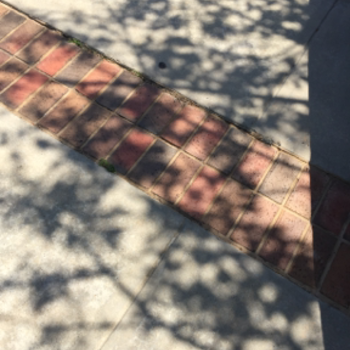What is the net interaction force between two opposite charges in a uniform electric field, when (1) the dipole is aligned along the electric field direction, and (2) when it is not?
1 Answer
Zero. But ...
the torque associated with the electric forces not be zero.
Explanation:
A dipole is composed of two opposite charges + q and -q separated by a distance d. The product p=qd is called dipole moment.

When the dipole is exposed to electric field, each charge experiences a force. They are equal and opposite to each other. Hence the resultant force is zero . However together as a dipole, they do experience a torque.
(1) When the dipole is aligned with the electric field.
The forces acting on the two charges are:
In the case, the two forces are directly opposing each other on the same line, hence no torque is exerted on the dipole.
Torque
(2) The dipole is not aligned with the electric field and makes angle
Again, the forces acting on the charges are
However, this two forces are not on the same line, a torque is ensured. The magnitude of the torque is:
Torque
or
The torque causes the dipole to oscillate in the electric field.

